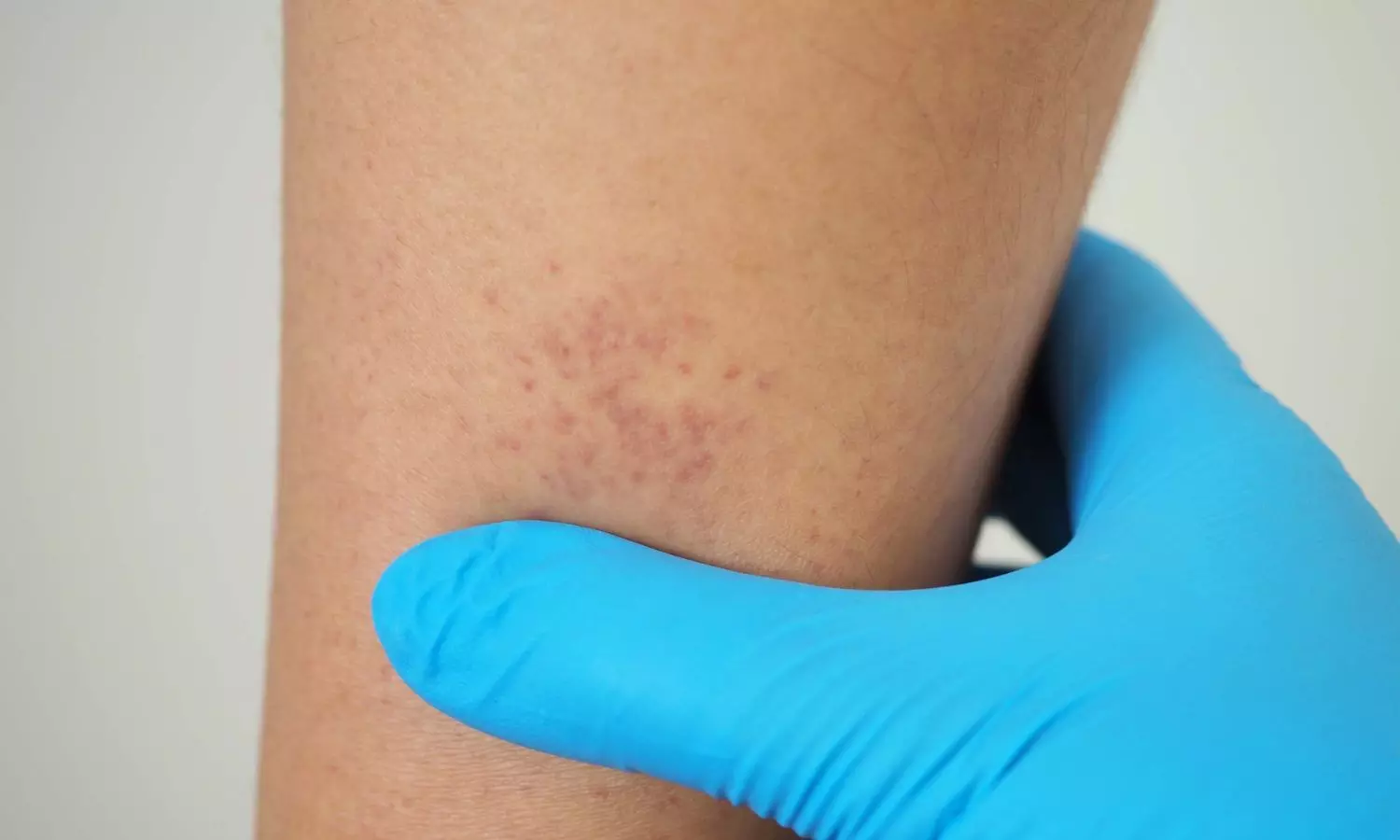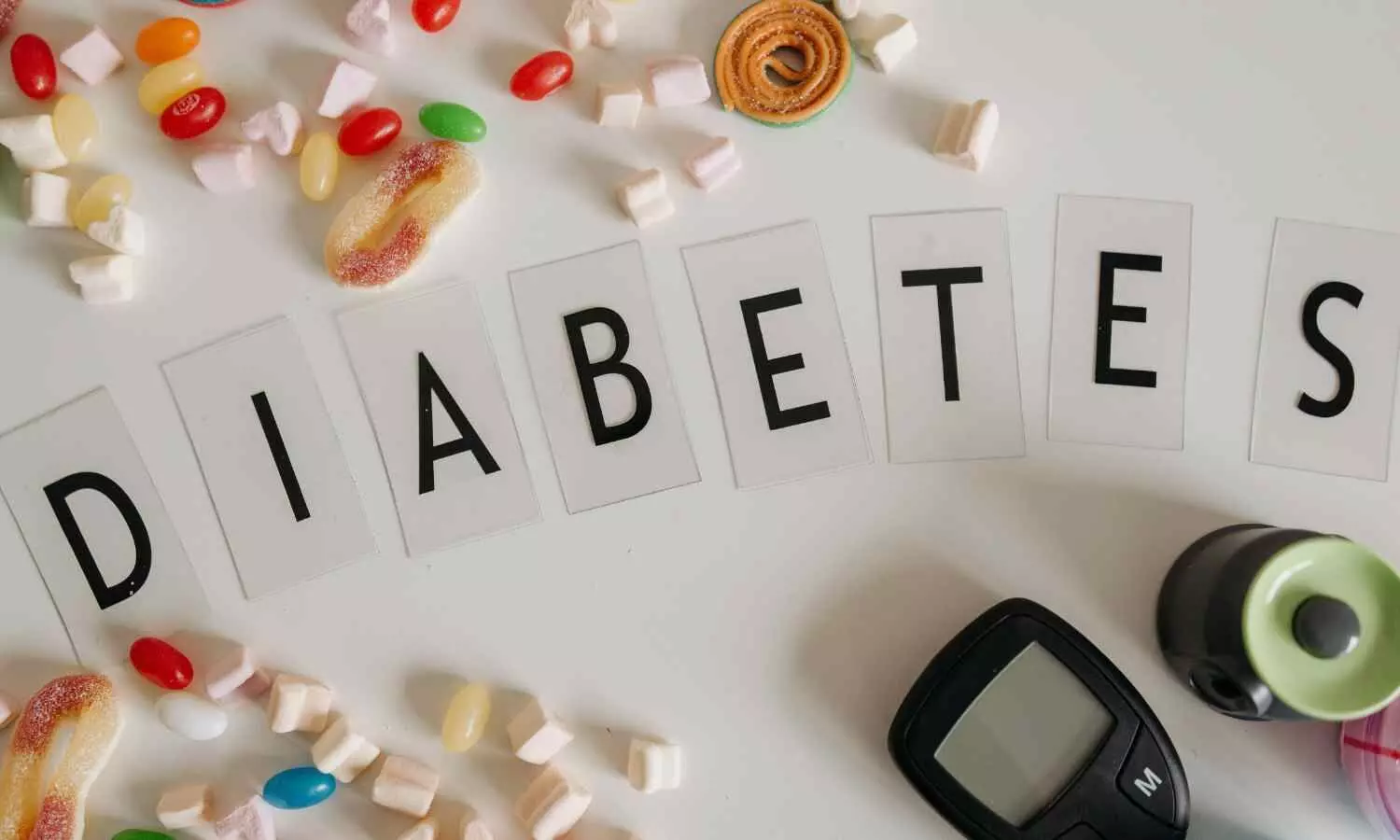NEET MDS 2024: AFMS Issues Notice For Sponsored Dental Officers Seeking PG Dental Admissions

New Delhi- Armed Forces Medical Services (AFMS) released a notice for Dental Officers sponsored by Paramilitary Organisations and other Organisations of the Government of India for Postgraduate Courses for MDS through the National Eligibility-Entrance Test-Master of Dental Surgery (NEET-MDS) 2024 exam at AFMS Institute for the year 2024.
AFMS primarily conducts postgraduate training for doctors (Dental Officers) of the Armed Forces Medical Services, to meet the specialist requirements of the Armed Forces Medical Services. On this, additional seats, if any, are offered to sponsored candidates from friendly foreign countries, paramilitary organisations/other organisations of the Government of India, ex-SSC officers of AFMS and civilian doctors.
As per the notice, the ‘Sponsorship Certificate’ of the candidates along with required supporting documents duly endorsed by the competent authority is to be consolidated and forwarded by the concerned Ministry/Headquarters of Paramilitary Organisations/Headquarters of other Government of India Organisations to DGAFMS Office. Only correspondence received through official channels will be accepted and personal correspondence from candidates will not be accepted.
Meanwhile, the Sponsorship Certificate is to be filled as per the guidelines mentioned below-
1 Original ink signed by the Competent Authority (not below the rank of Director or equivalent) in the respective Ministry of Govt of India/ HQ of the Para Military organisation/ Head office of other GoI organisations in which the individual is employed.
2 Duly affixed with the rubber stamp & office seal of the Competent Authority.
3 It is mandatory to specify the subjects for which the candidate (Dental Surgeon) is being sponsored. The candidates are advised to select, during counselling, only the subjects for which they have been sponsored by their respective Ministry/ HQ of Para Military organization/ Head office of other GoI organizations. Under no circumstances will admission be granted in a subject which has not been sponsored by the sponsoring authority.
4 For the upcoming NEET MDS exam, the last date for the sponsorship certificate, from the respective Ministry/ HQ of Para Military organisation/ Head office of other GoI organisations, to reach this office is 05 Jul 2024.
5 Online counselling, consisting of registration, payment, choice filling/ locking and provisional seat allotment for Priority-III, IV & V candidates, for the academic session 2024-27, will be conducted by MCC through their web portal/ website. Seat allotment during counselling by MCC is provisional and subject to fulfilment of all eligibility criteria. The list of candidates eligible for counselling will be forwarded to MCC by this office for counselling and provisional seat allotment.
6 Priority-III candidates will be considered eligible for admission in AFMS Institutions only for those subjects, which are mentioned in their sponsorship certificate as forwarded by the respective sponsoring authority. In case a Priority-III candidate is allotted a seat, during the counselling conducted by the MCC, which is not mentioned in the Sponsorship Certificate forwarded by the sponsoring organization, admission to AFMS PG Teaching Institutes would not be granted and the candidate would be liable to suffer the consequences.
However, the official address to which the sponsorship certificates are to be submitted by the respective Ministry/ HQ of the Para Military organizations/ Head office of other GoI organizations and the email ID for communication and queries are mentioned in the notice.
To view the notice, click the link below
Powered by WPeMatico





















